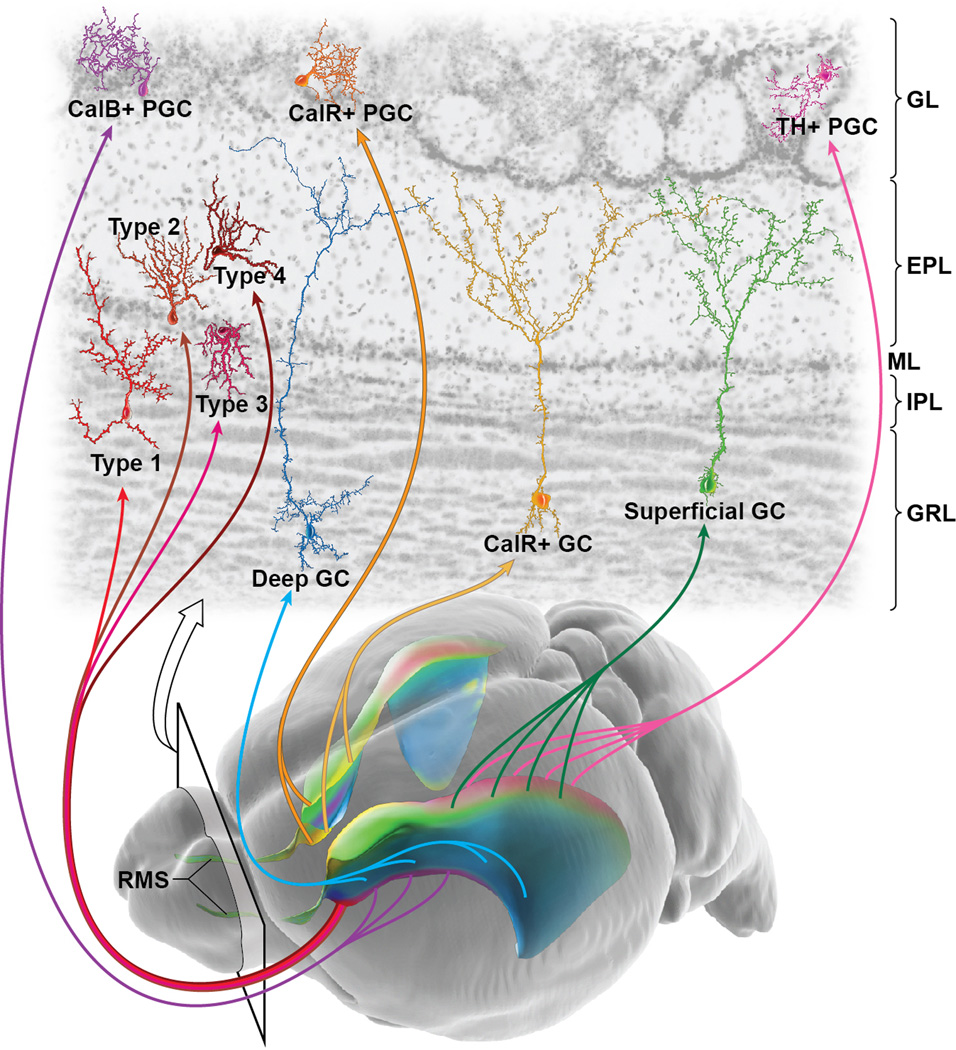Figure 2. Regional organization of V-SVZ NSCs.
Oblique view of the adult mouse brain (bottom) with colorized lateral ventricles to indicate the regional organization of this major neurogenic niche. Cells born in different subregions of the adult V-SVZ migrate along the RMS into the olfactory bulb to give rise to unique types of interneurons [21]. Examples of 3 types of granular cells (green, superficial; yellow, calretinin superficial; blue, deep), 3 subtypes of periglomerular cells (pink, tyrosine hydroxylase; orange, calretinin; purple, calbindin) and 4 novel subtypes of interneurons derived from the most anterior V-SVZ [27] are indicated in the top section of the olfactory bulb. CalB, calbindin; CalR, calretinin; TH, tyrosine hydroxylase; PGC, periglomerular cell; GC, granule cell; GL, glomerular layer; EPL, external plexiform layer; ML, molecular layer; IPL, internal plexiform layer; GRL, granular layer.

